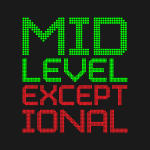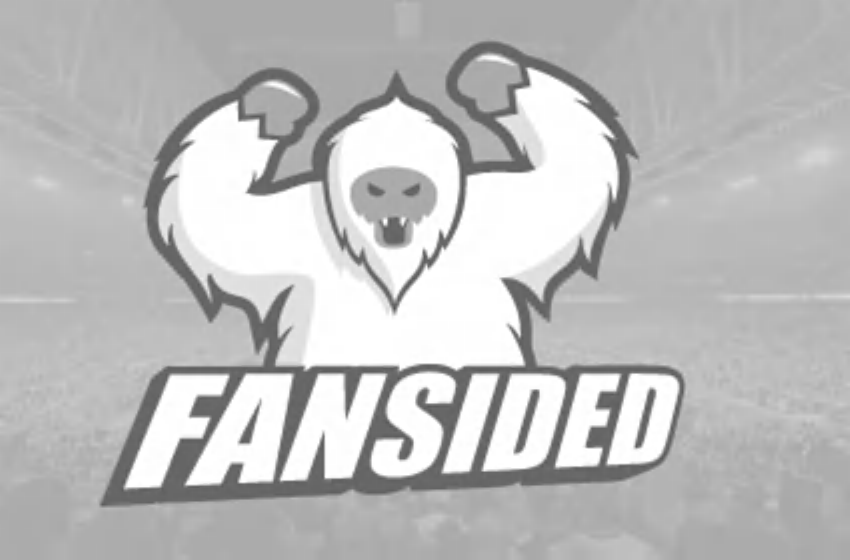The July Moratorium and You
Why the July Moratorium exists
At its core, the moratorium serves to fill an actual purpose. As dictated by the Collective Bargaining Agreement, the salary cap, luxury tax, and the like are built off of the actual Basketball-Related Income (BRI) from the previous season. Since the season ends so close to free agency, the moratorium serves as the audit period to figure out the final figures from the previous season that the key team-building numbers for the following season will be calculated from.
While the league provides estimates at various earlier points that teams, the media, and fans alike can work from, no one gets a final number until at or near the end of the July moratorium.
The dates for each Moratorium Period are set forth in Article I of the CBA- this year it runs from July 1 to July 9. Larry Coon has also included them in his invaluable CBA FAQ.
The added benefit of the July Moratorium
With the draft already concluded, the beginning of free agency would be a whirlwind of activity with or without the moratorium. Having a gap between when teams and players can negotiate and when deals can become final actually helps the league work more effectively.
We received a tweet to the email account at Mid-Level Exceptional from Ben Cox who asked:
If the Cavs sign-and-trade Hawes, can they turn around and flip the sh*t they get back? Or would they have to wait.
— Ben Cox (@WFNYBen) July 5, 2014
Other times of the year, the answer would be no. In fact, most of the league year Spencer Hawes simply agreeing to terms with the Clippers would likely end the dance. Fortunately, the moratorium allows teams to explore more avenues with some components as givens.
The best example of this came last summer. The Denver Nuggets took a hard line stance that they would not facilitate their own free agent Andre Iguodala signing anywhere else, ostensibly taking teams that would need a sign-and-trade to get a deal done off the table. That posturing drove the Golden State Warriors to believe that they needed to clear enough cap space to sign him and with that understanding they negotiated a deal with the Utah Jazz where the Warriors gave up two unprotected first round picks to offload Richard Jefferson, Andris Biedrins, and Brandon Rush. That transaction gave them the space to sign Iguodala outright. However, thanks to the moratorium so there was some time for other developments to happen. In that case, the Nuggets eventually relented and made the transaction into a three-way trade that brought them Randy Foye from Utah (who they were going to sign anyway) and allowed the Warriors to stay over the cap and use their exceptions which later became Jermaine O’Neal (Bi-Annual Exception), Marreese Speights (Mid-Level Exception), Toney Douglas (Mid-Level Exception), and Steve Blake (Trade Exception- Brandon Rush). Additionally, that change of heart for Denver also yielded the Nuggets a trade exception of their very own which they recently used to acquire Arron Afflalo from Orlando on draft day. Without the moratorium, the Warriors and Nuggets would have been meaningfully worse off.
Similar changes of heart in 2010 allowed the Cavs and Raptors to pick up useful draft picks when they sent LeBron James and Chris Bosh to Miami after The Decision. While the previous CBA made those kinds of deals more prevalent than today, there are often still benefits of a similar nature as with the Nuggets above. We see that in the Cleveland hypothetical this summer because if the Cavs and Clippers agreed on a sign-and-trade after the moratorium, the normal restrictions would be in place for moving any assets Cleveland received. However, the moratorium allows David Griffin and the Cavs front office to find homes for any players right now and include that in the original trade. It saves a step and can also help the individuals in question avoid the problems associated with changing addresses twice.


